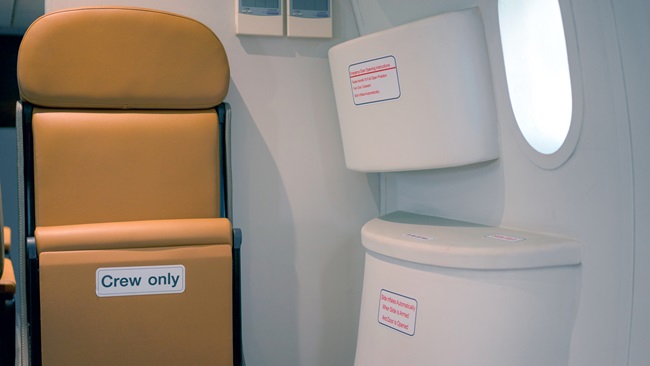Steam-gauge threats
What’s old makes flying harder

Either way, I lost my ability to scan. Yes, I’m exaggerating but I’m not nearly as good as I used to be flying behind the standard six pack.
For those of you trained on steam gauges, you know what I’m referring to. If faced with instrument conditions, I have to constantly hound myself to scan, scan, scan! No more was I concentrating on three instruments (classic 737) or one primary flight display in the case of the New Generation or 737 Max models. Nope, in my personal airplanes it’s still old-school steam gauges and the need to scan seven primary instruments during an approach.
Now that those round-dial airliners are long gone, my annual insurance checkrides in my personal airplanes are great lessons in humility. What better than to see a 17,000-hour airline pilot struggle to fly an ILS in a Cessna Skyhawk? Both of our airplanes lack horizontal situation indicators (HSI), which then requires adding a course deviation indicator (CDI) into the scan, the seventh instrument. And that one sure is tempting to fixate on because it’s so much like the dual-cue flight director on the PFD in the 737. HSIs are nice but our old directional gyros still chug along and do the job. When they fail, however, they will almost certainly be replaced by an electronic HSI. Same goes for the attitude indicator in these airplanes.
So typically, when I scan, my eyes stop on that CDI with its display of localizer and glideslope as I look for subtle changes to prove how precisely I can fly an ILS. Instead, there goes the attitude, vertical speed, airspeed—oh yeah, what are the minimums on this approach? Oh shoot, now I’m a full dot high and more than 1.5 dots off the localizer because I haven’t cross-checked my heading. Ack! As the mistakes start piling up, the corrections have to be prompt and sometimes more drastic to avoid snowballing into mandatory go-around territory. Smoothness? Ha! I might achieve that on the third approach when the cobwebs have been swept off my scan technique.
I’ve found that three things help me in IMC when flying my personal airplanes. In the Beechcraft Baron, the autopilot is a big help. Yes, I know I should be proficient in flying without it and I do, but only a fool would not use the tools given to him. This Baron doesn’t have auto trim so the autopilot can only fly the lateral portion of an approach and it’s by no means a coupled approach. I still have to manage the vertical portion, which is much more easily accomplished as the autopilot flies the RNAV or localizer course expertly. The 172 doesn’t have an autopilot, although it’s on the wish list.
During an approach in one of my airplanes I talk to myself. I’m pretty sure if I did that at my day job, my first officers might report me to professional standards. Anyway, talking to myself helps me stay in the loop with the need to scan. Your results may vary.
Finally, a first officer I flew with turned me on to chewing gum, which he swore made him more engaged when flying in challenging conditions. I tried it in the 737 and I, too, felt more engaged. So I tried it in my airplane on an IFR approach into an unfamiliar airport in an unfamiliar (to me) locale in Montana. Sure enough, it worked, and I flew a near-textbook, hand-flown approach.
If you’ve learned on glass alone, I’d have to say you’ve had it easy and the technology is wonderful. But, by all means practice a few approaches using just the iron-gyro standby instruments. Screens fail, attitude and heading reference systems can fail, and if all you’ve learned on is glass, scanning may not be your strength. Try it, and maybe you’ll get humbled like I do at least once per year.


